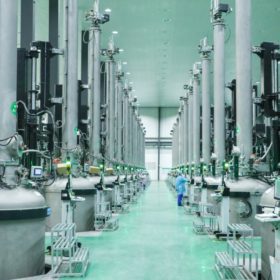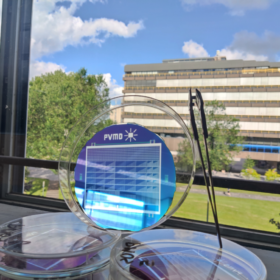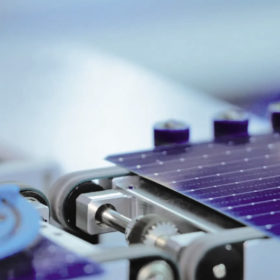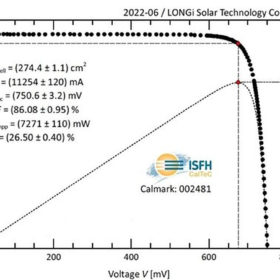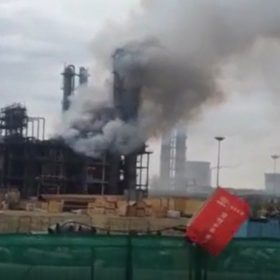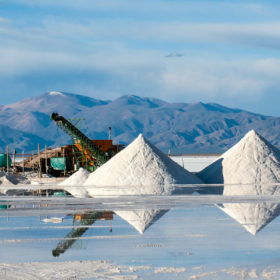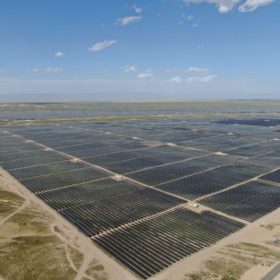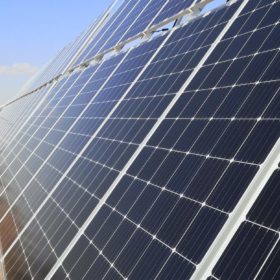ESI begins work on ‘Australian first’ flow battery manufacturing facility
Construction has commenced on Australia’s first large-scale iron-flow battery manufacturing facility in Central Queensland, one of a series of projects the developer says has the potential to deliver 20% of the nation’s renewable energy storage needs.
JinkoSolar commissions 20 GW n-type ingot fab
In other news, DAH Solar announced a 5 GW TOPCon solar module factory in Anhui province and Tongwei further raised the prices of its solar cells.
Solar cells integrating power electronics
Researchers in the Netherlands investigated the potential for integrating power electronics in solar cells in the form of diodes, transistors, capacitors, and inductors. They believe that this kind of PV cell may initially find applications in PV-powered Internet-of-Things (IoT) devices and later, as the economy of scale kicks in, in large-scale applications.
Perovskite-silicon tandem solar cell with TOPCon structure hits 27.6% efficiency
A research group led by Chinese manufacturer JinkoSolar has developed a tandem perovskite-silicon cell with a subcell based on TOPCon tech. The group succeeded in reducing voltage losses in the silicon sub-cell by minimising the shunting probability during device fabrication.
Longi’s heterojunction solar cell hits 26.5%
Germany’s Institute for Solar Energy Research Hamelin has confirmed that Longi’s new n-type heterojunction solar cell has achieved a power conversion efficiency of 26.5%.
Chinese polysilicon producer shuts down factory due to fire
East Hope has halted production due to a fire at its factory in the Zhundong Economic and Technological Development Zone, in China’s Xinjiang region. pv magazine recently spoke with polysilicon analyst Johannes Bernreuter about the possible consequences of the fire on the supply chain.
ACAP lands $45 million to kick renewable energy transformation into gear
The Australian Centre for Advanced Photovoltaics will receive up to $45 million in federal funding over the next eight years as it seeks to develop the next generation of efficient and ultra low-cost solar technologies.
Battery metals: How quickly can supply ramp up?
A couple of weeks ago, Goldman Sachs sent shockwaves through battery metals markets, issuing a prediction that cobalt and lithium in particular were due for a sharp price decline in the next two years. But London-based Benchmark Mineral Intelligence is loudly pushing back, outlining its reasons why it believes the call on lithium was wrong. Meanwhile, US analyst Wood Mackenzie says that the battery raw material chain will remain tight, but notes that recycling could help to ease the supply deficit.
High-wattage solar modules increase risk of thermal runaway
Longi Solar outlines its high-temperature mitigation logic in designing the lower current, high-wattage Hi-MO5 solar panel series.
Jolywood scraps solar plans in Indonesia
Jolywood has cancelled a plan to invest in solar cell and panel production in Indonesia, while Hangzhou First Applied Material has said that it will invest US$226 million (AU$324 million) in the expansion of its EVA film output capacity.

